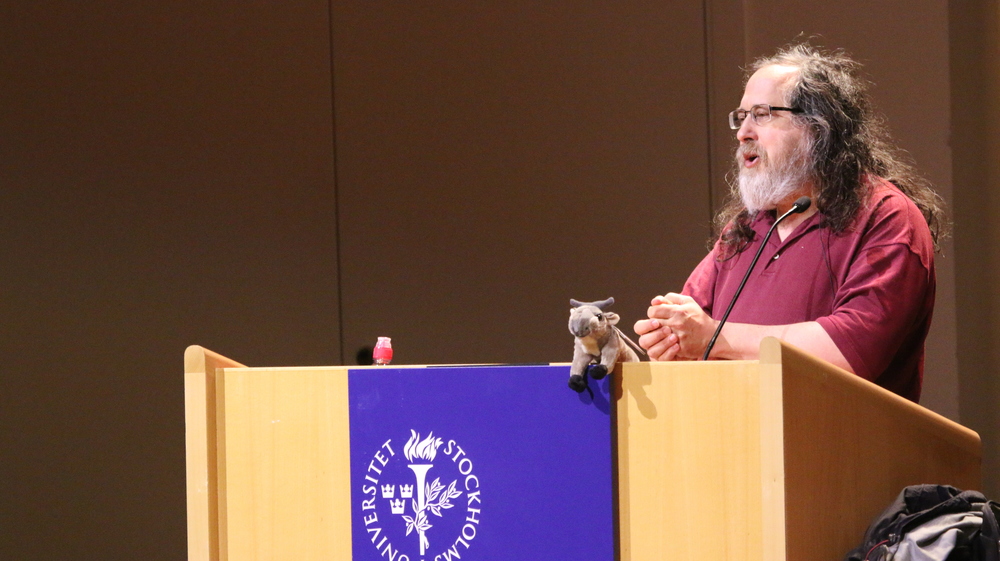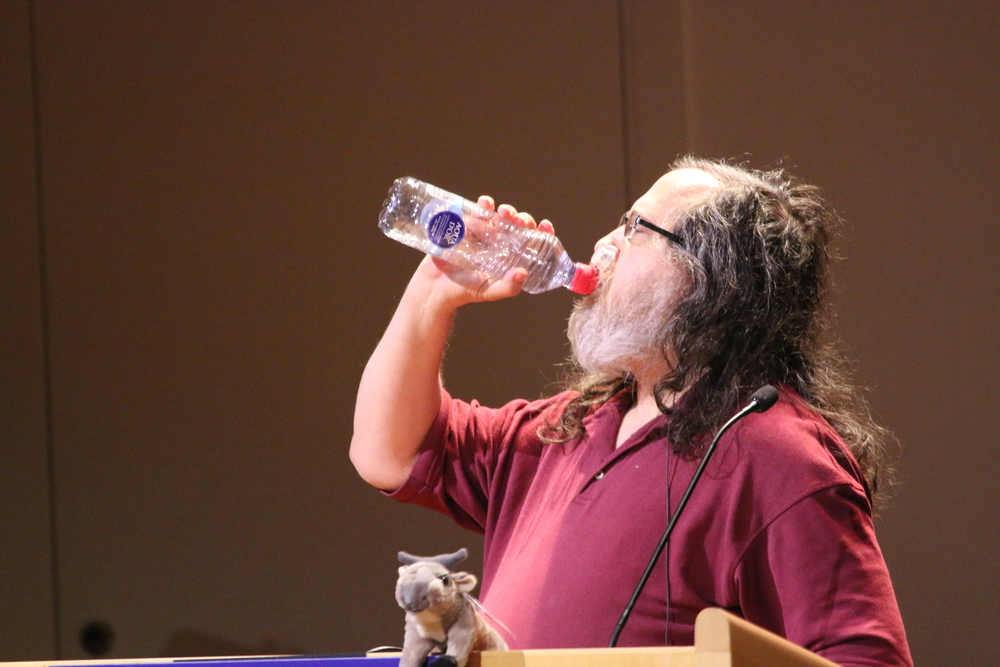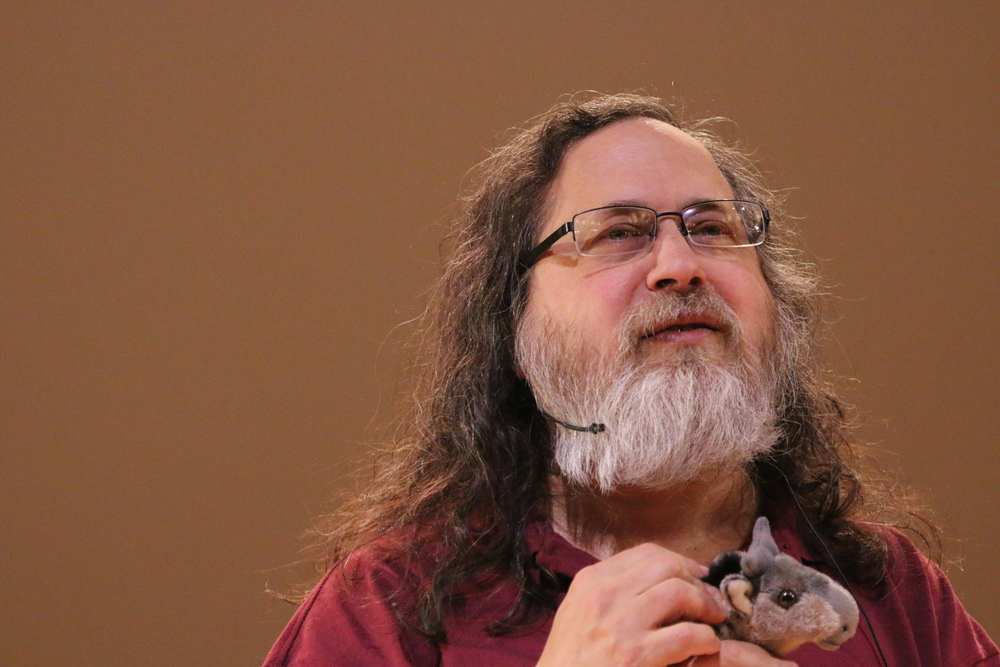Encryption: probably better than a box of chocolates
vendredi 12 février 2016 à 16:50
I'd go on a date with that robot.
Would you?
Valentine's day is this Sunday. You may be looking forward to it or you may be dreading it; most of us have been through both. But there's something important that you can do regardless of your relationship status:
Ask someone you like -- romantically or otherwise -- to be your cryptovalentine. If they say yes (yikes, nervous!) use the free program GnuPG to set up private and encrypted communication with them.
If one or both of you is new to GnuPG, we recommend our beginner-friendly Email Self-Defense guide. Setting up encrypted communication is a quick activity you can do together whether you are across the room or across the world. And what better way to show love than by helping someone defend their security, privacy, and freedom? This year, we have a new section with tips for teaching Email Self-Defense, which you may find useful when proposing an encryption date.
Once you're done setting up secure communication, share your love with the world by posting about it, or microblogging with the hashtag #ilovefs. Just make sure not to use proprietary software to post.

This is a fun activity, but it can also make a difference. The right to encrypt is endangered around the world, with governments threatening our security and freedom by demanding legal or technological crippling of encryption. Resist with the power of love -- encrypt with your valentine, and tell the world!
And as we've discussed at length, free software is necessary for privacy online. Because nonfree software's code can't be audited publicly, we can never trust it to be free of back doors inserted by accident or by design. We're thankful to all the hardworking free software developers who give us a fighting chance at digital privacy. It goes without saying, but we do love FS.
For more free software Valentine's day fun, like postcards and an #ilovefs photo gallery, visit the Free Software Foundation Europe Web site.
<3

























































